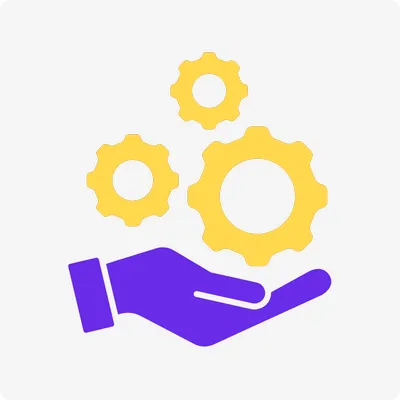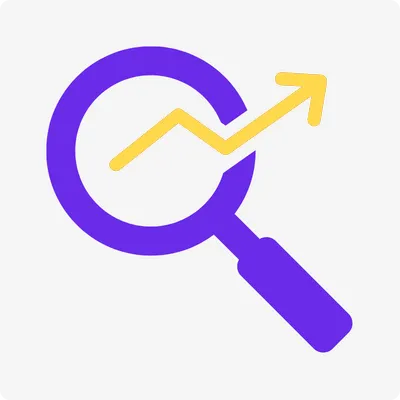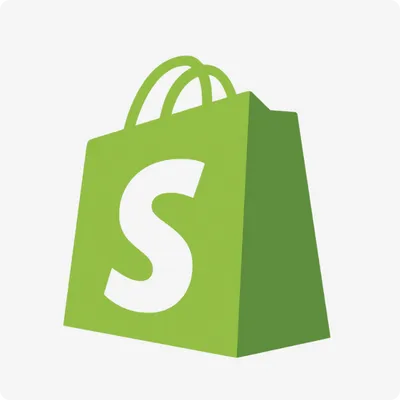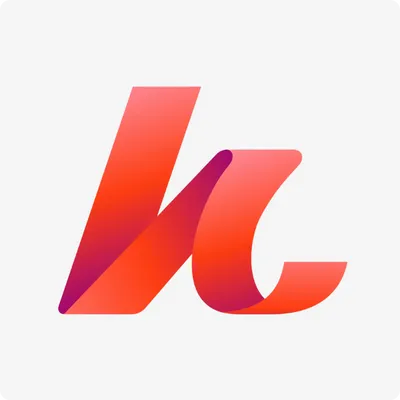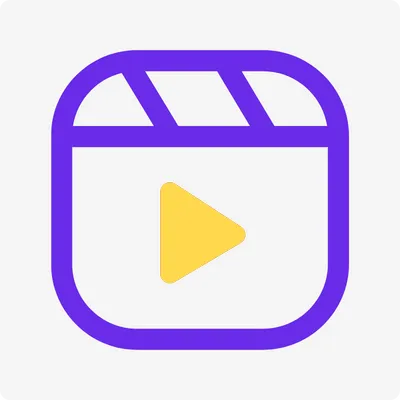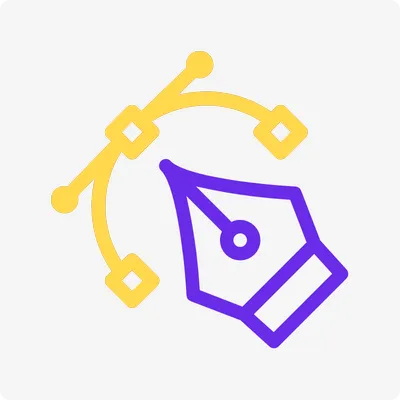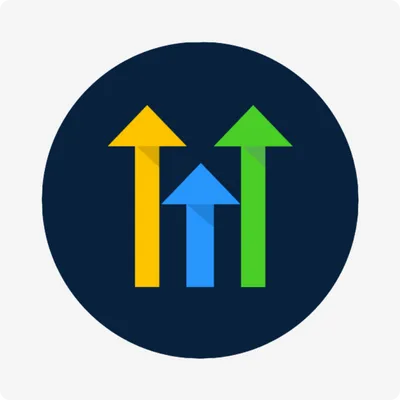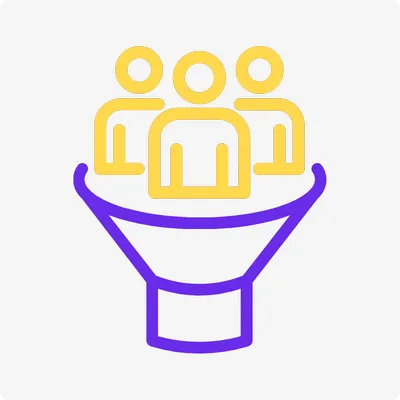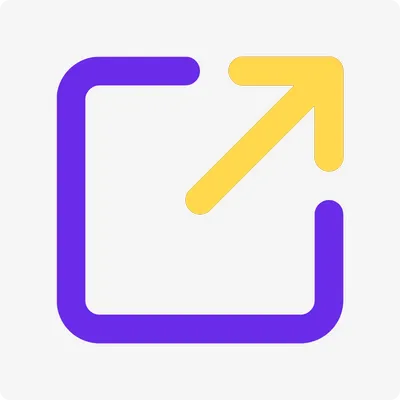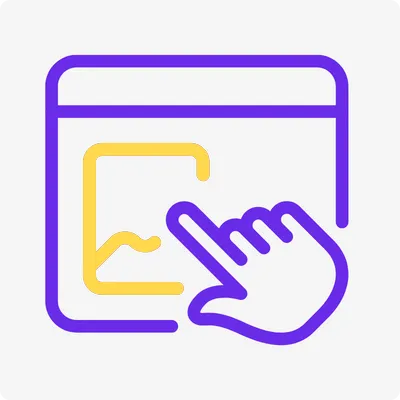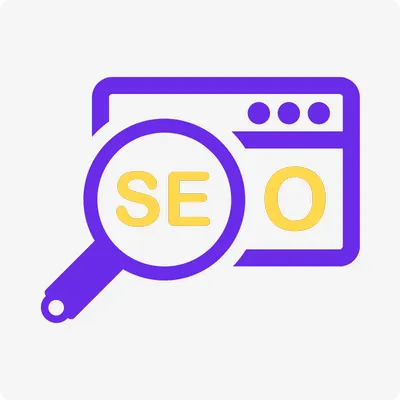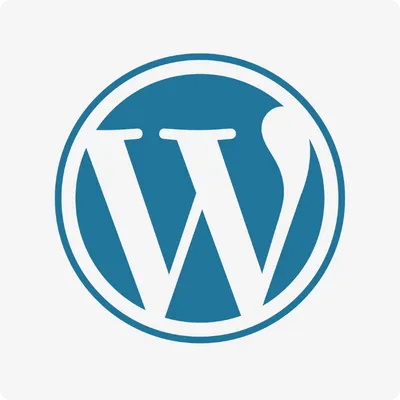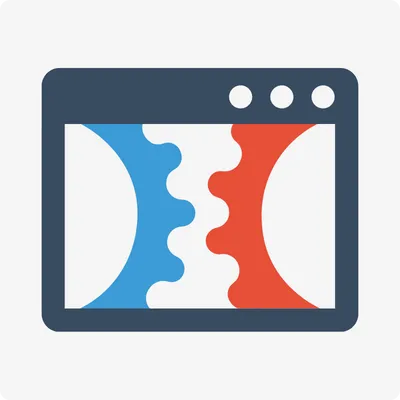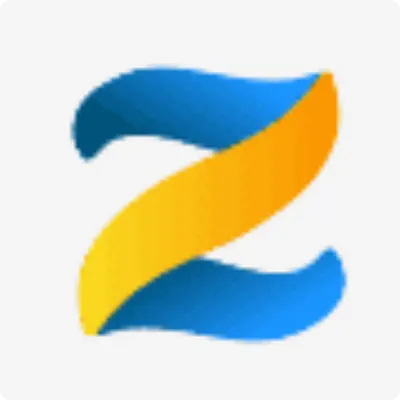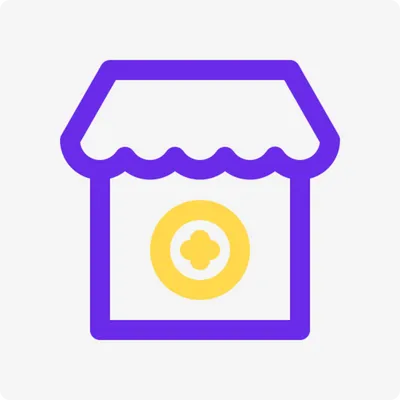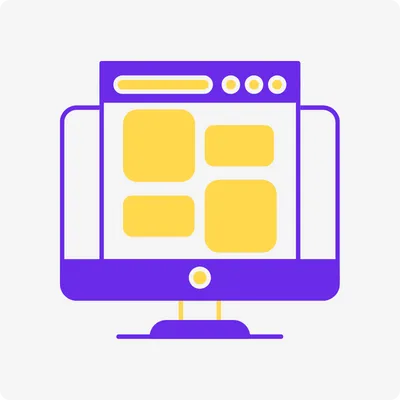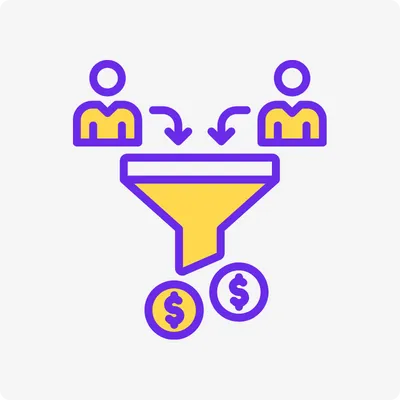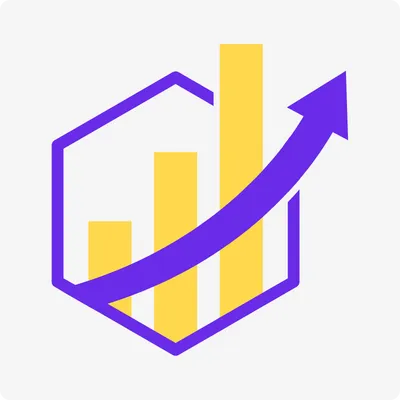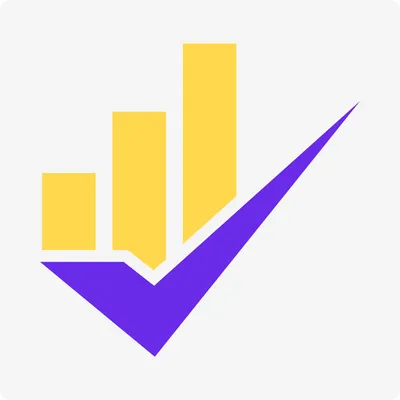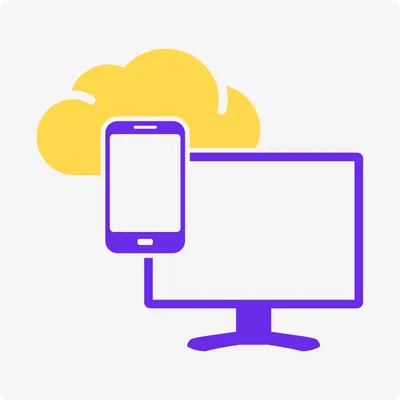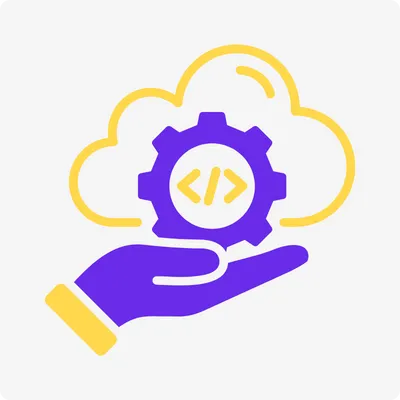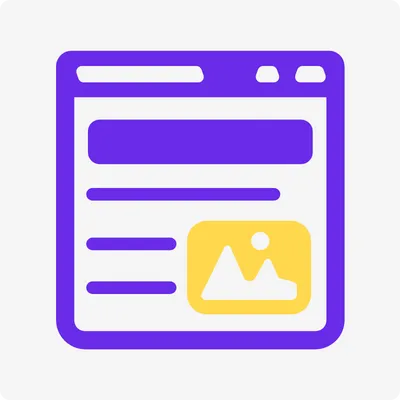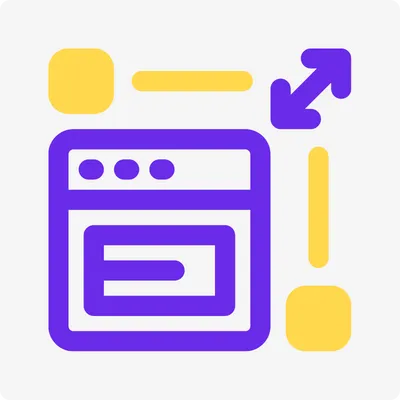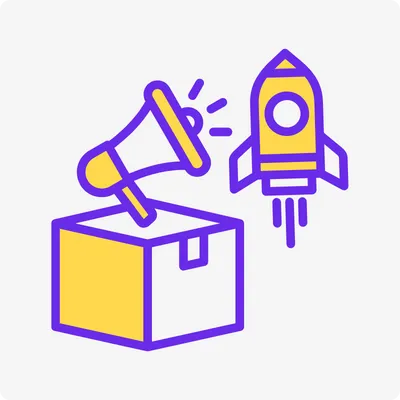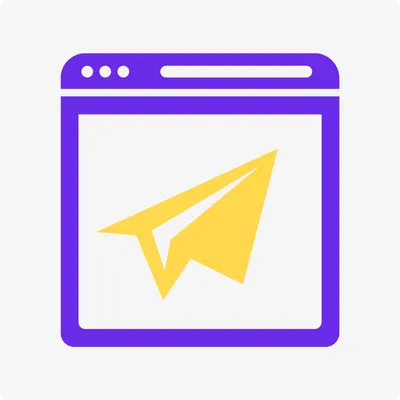
10 Ingredients For A High Converting Landing Page
In the fast-paced world of digital marketing, your landing page is your storefront, your pitch, and your closer all rolled into one. It’s the place where visitors decide whether to buy, sign up, or bounce. A high-converting landing page can transform your business, turning curious clicks into loyal customers. But what makes a landing page truly effective in 2025, when user expectations and technology are evolving faster than ever?
Having built landing pages for clients across industries—from e-commerce to SaaS—I’ve seen what works and what flops. In this guide, I’ll share 10 ingredients for a high-converting landing page, backed by real-world examples, stats, and actionable tips. Whether you’re a small business owner, a marketer, or a solopreneur, these strategies will help you craft pages that drive results. Let’s dive in!
Why Landing Pages Are Critical for Conversions

A landing page is a standalone web page designed for a specific goal: capturing leads, selling products, or promoting an offer. Unlike your homepage, it’s laser-focused on one action. According to a 2024 HubSpot report, businesses with optimized landing pages see conversion rates up to 30% higher than those relying on generic pages. In 2025, with AI-driven personalization and mobile-first design dominating, the stakes are even higher.
So, how do you create a landing page that converts? Here are the 10 essential ingredients.
1. A Compelling Headline
Your headline is the first thing visitors see, and it needs to grab attention. It should be clear, benefit-focused, and aligned with your audience’s needs. In 2025, concise headlines (under 10 words) perform best, as users skim more than they read.
Example: Dropbox’s landing page headline, “Work better, together,” instantly conveys collaboration and simplicity, driving sign-ups.
Tip: Test variations with tools like Optimizely to find the most clickable headline.
2. Clear and Persuasive Sub headline
A sub headline complements your headline by adding context or a secondary benefit. It’s your chance to elaborate without overwhelming. Keep it under 20 words and focus on value.
Example: A SaaS client I worked with used the sub headline, “Automate your workflow in minutes with our intuitive platform,” which boosted conversions by 15% by addressing ease of use.
Tip: Pair emotional appeal (e.g., “save time”) with a specific outcome (e.g., “in minutes”).
3. High-Quality Visuals
Humans are visual creatures—70% of users process images faster than text, per a 2024 Nielsen study. Use high-resolution images or videos that showcase your product, service, or desired action. In 2025, authentic visuals (real people, not stock photos) build trust.
Example: Airbnb’s landing pages feature vibrant images of unique stays, making users feel like they’re already on vacation.
Tip: Optimize images for fast loading with tools like TinyPNG to avoid hurting page speed.
4. Strong Call-to-Action (CTA)
Your CTA is the heart of your landing page. It tells users exactly what to do—whether it’s “Buy Now,” “Sign Up,” or “Download Free.” Make it bold, action-oriented, and repeated (2–3 times) on the page. In 2025, CTAs with personalized text (e.g., “Start My Free Trial”) outperform generic ones.
Example: Netflix’s “Join Free for a Month” CTA is clear and low-risk, driving millions of sign-ups.
Tip: Use contrasting colors for CTA buttons to make them pop, like orange on a blue background.
5. Trust Signals
Trust is everything in 2025, with 64% of consumers citing privacy concerns before converting (per Pew Research, 2024). Include trust signals like customer testimonials, reviews, certifications, or security badges to ease doubts.
Example: A fitness app I optimized added a “Featured in Men’s Health” badge, increasing conversions by 20% by leveraging authority.
Tip: Place trust signals near your CTA for maximum impact.
6. Mobile-First Design
With 62% of web traffic coming from mobile devices in 2025 (Statista), your landing page must be mobile-optimized. Ensure fast load times, easy navigation, and responsive design. Buttons should be thumb-friendly, and text should be legible without zooming.
Example: Shopify’s landing pages adapt seamlessly to mobile, with large CTAs and streamlined forms, making conversions effortless.
Tip: Test your page on multiple devices using tools like Google’s Mobile-Friendly Test.
7. Minimalist and Focused Layout
Clutter kills conversions. A high-converting landing page is clean, with minimal distractions. Remove unnecessary navigation links, sidebars, or pop-ups. Focus on one goal, whether it’s capturing emails or selling a product.
Example: A local gym’s landing page I redesigned removed the header menu, focusing solely on a “Join Now” form. Conversions jumped 25%.
Tip: Use white space strategically to guide the user’s eye toward your CTA.
8. Compelling Value Proposition
Your value proposition explains why someone should choose you over competitors. It should highlight unique benefits, solve a pain point, or offer something irresistible (like a discount or free trial). In 2025, users expect personalized value props tailored to their needs.
Example: Grammarly’s landing page emphasizes “Write confidently anywhere,” addressing a universal pain point for professionals and students.
Tip: Craft a value prop that answers, “What’s in it for me?” in seconds.
9. Optimized Forms
Forms are often the final step before conversion, so keep them short and user-friendly. In 2025, multi-step forms (breaking questions into smaller chunks) increase completion rates by up to 10%, per Form stack data. Only ask for essential info, like name and email.
Example: HubSpot’s lead capture forms ask for minimal fields, making sign-ups quick and painless.
Tip: Add a progress bar for multi-step forms to keep users engaged.
10. Data-Driven Testing
No landing page is perfect on the first try. A/B testing lets you experiment with headlines, CTAs, or visuals to see what converts best. In 2025, AI-powered tools like VWO make testing easier by analyzing user behavior in real time.
Example: An e-commerce client tested two CTAs: “Shop Now” vs. “Discover Deals.” The latter increased clicks by 18%.
Tip: Start with one variable (e.g., CTA color) to isolate what drives results.
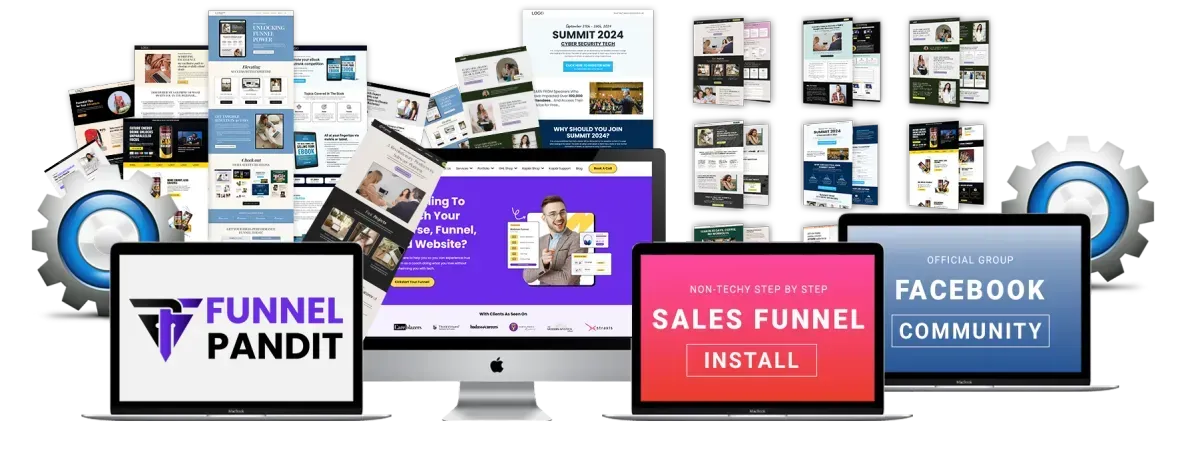
Tools to Build and Optimize Your Landing Page
Ready to create your high-converting landing page? Here are the top tools for 2025:
Unbounce: Drag-and-drop builder with A/B testing and AI personalization.
Leadpages: Affordable templates optimized for conversions.
Google Optimize: Free for A/B testing and analytics integration.
Hotjar: Heatmaps to see where users click and scroll.
Pro Tip: Combine Google Analytics with these tools to track conversions and refine your page over time.
Common Mistakes to Avoid
Even seasoned marketers stumble. Here are pitfalls to dodge:
Overloading with Text: Keep copy concise—users skim, not read.
Ignoring Page Speed: A 1-second delay can cut conversions by 7% (Google, 2024).
Weak CTAs: Avoid vague phrases like “Learn More” in favor of action-driven ones.
Skipping Mobile Testing: A desktop-only focus alienates half your audience.
2025 Trends Shaping Landing Pages
The digital landscape is shifting, and 2025 brings new opportunities:
AI Personalization: Tools like Dynamic Yield tailor content to individual users, boosting conversions.
Voice Search Optimization: Optimize for conversational queries like “best CRM for small businesses.”
Interactive Elements: Quizzes or calculators (e.g., “Calculate Your Savings”) engage users.
Privacy-First Design: Highlight data security to build trust amid growing regulations.
Quote: “A landing page is your digital handshake—make it firm, clear, and trustworthy,” says Amy Porterfield, online marketing expert.
Crafting a high-converting landing page in 2025 is about blending strategy, design, and psychology. By incorporating these 10 ingredients—compelling headlines, strong CTAs, trust signals, and more—you can turn visitors into customers with ease. Start small, test often, and let data guide your tweaks. Your perfect landing page is just a few optimizations away.
Ready to build yours? Try one of the tools mentioned or share your landing page goals in the comments—I’d love to help brainstorm ideas! For more insights, check out HubSpot’s blog or Unbounce’s conversion guides.

